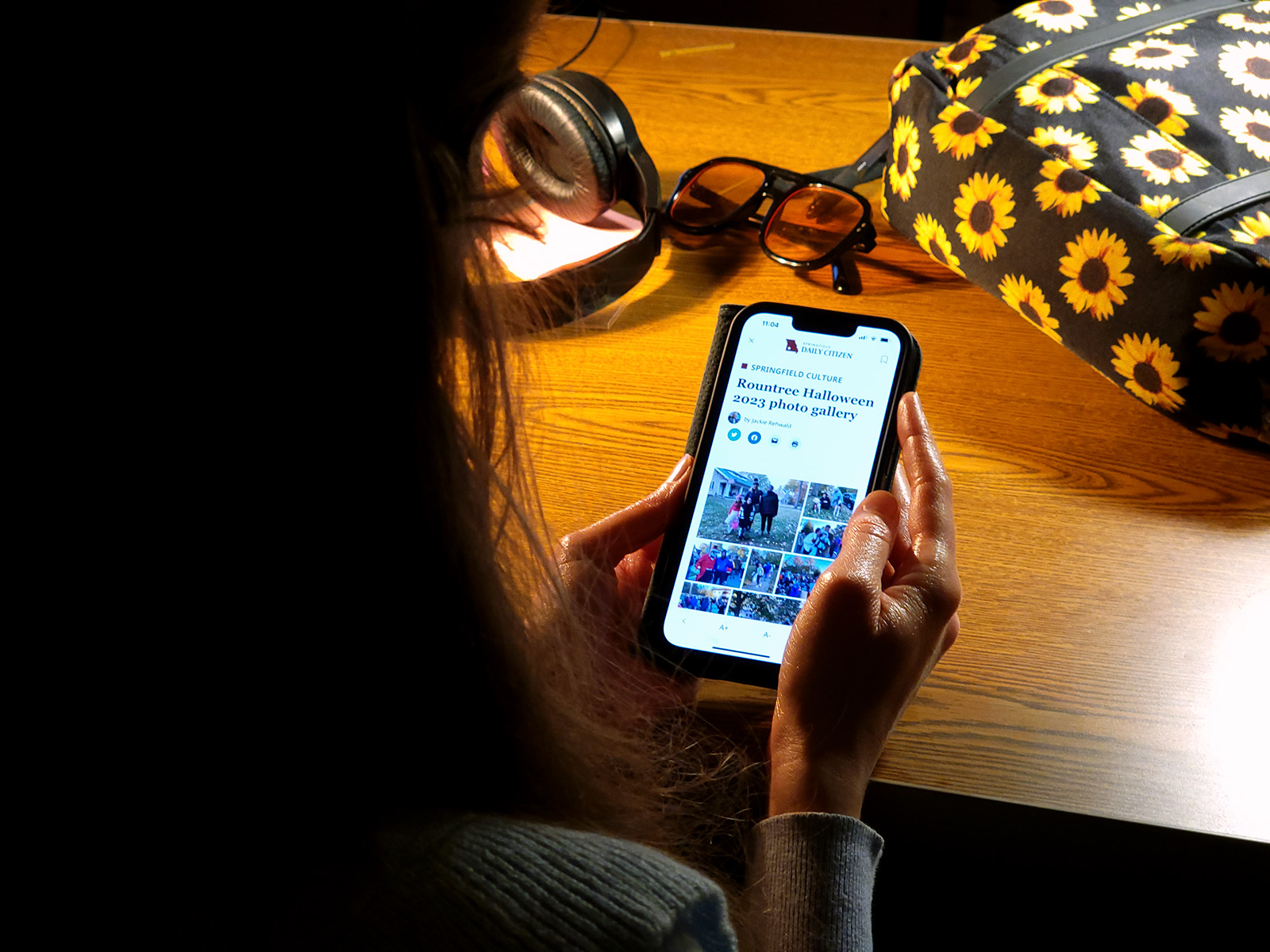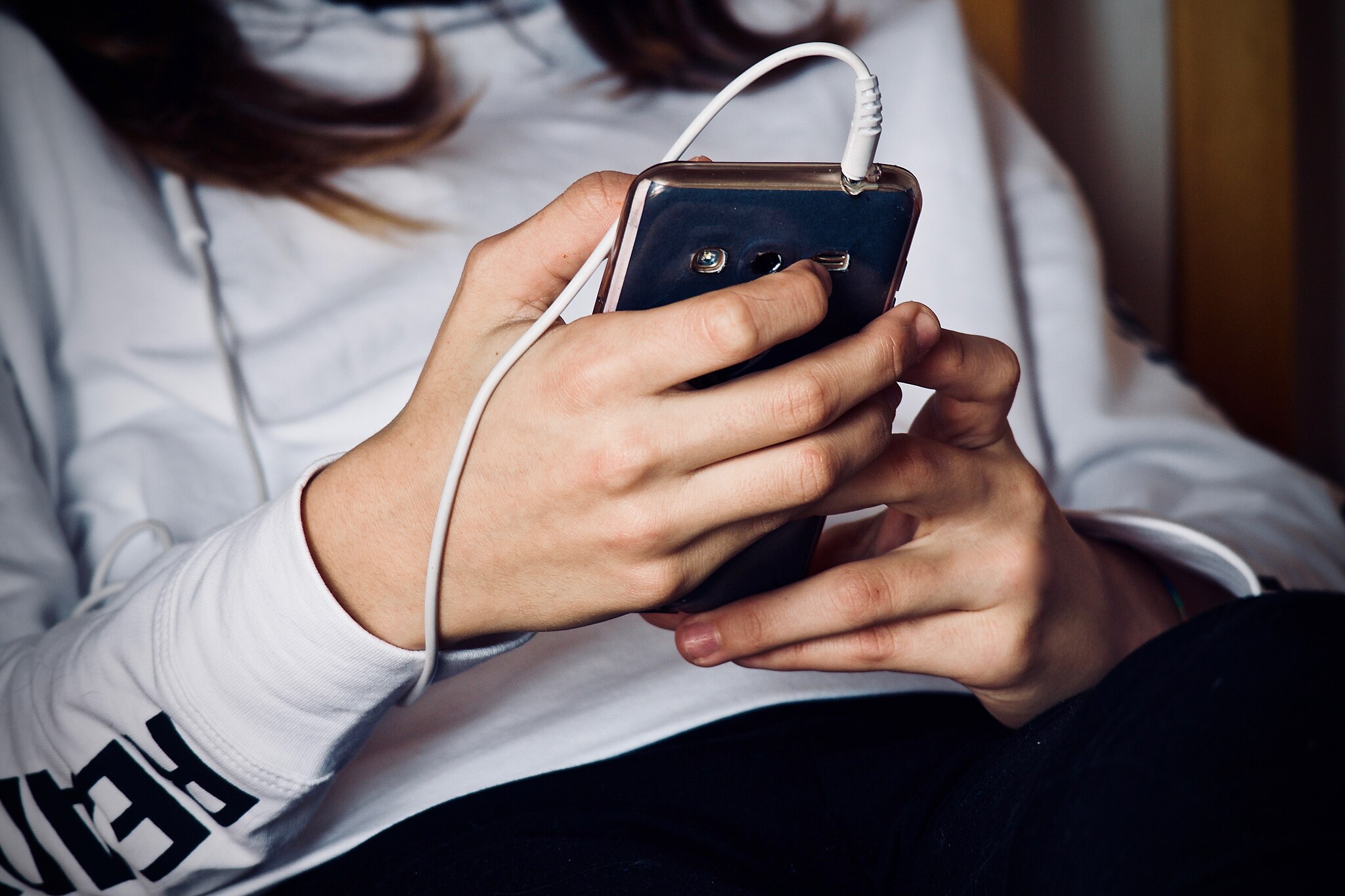Springfield Board of Education members spent a lot of time hearing about the school district’s plan for technology, including how the district would decide to buy software and devices. Board members spent even more time talking about devices students bring to school with them.
During a study session meeting June 11, board members heard the details of a technology plan and talked about the possibility of increasing limitations on cellphone use. Board members also wrangled with whether they should formalize cellphone rules within school board policy, or whether rules for phones are best left in student handbooks.
Superintendent Grenita Lathan said she heard helpful thoughts from board members that can shape how the rules are adjusted in the upcoming school year, but also said that district's problems are related to enforcement of its current rules, not the scope of the problems.
“I’m going to go back to what I have continued to say, that we have an enforcement issue. I have never shied away from that,” Lathan said during the meeting. “There are several things that we are working on that I agree we can do outside of a board policy, as it relates to enforcement. I heard some good things tonight, and so we are going to capitalize on what I heard.”
Current rules, possible changes

According to the Springfield Public Schools student handbook for 2023-24, the use of cellphones by students during the school day is prohibited. While a student may carry a device, a student found with one powered on is subject to the school district’s discipline policies. Students are instructed to keep their phones in backpacks for use before or after school, unless otherwise directed by a staff member.
A first or second offense can result in a punishment from a conference up to detention, according to the handbook, while a third or repeated offense can lead to in-school suspension.
Lathan said SPS may consider making revisions to those punishments, with some consideration toward adding some of the same punishments used in cases of defying authority. Administrators are considering adding more signs around schools warning students about cellphone use — the signs would be similar to ones that spell out behavior expectations.
As a concession to the board, Lathan recommended that each school would make cellphone rules consistent between classrooms.
“As opposed to allowing it to be relaxed by a classroom, is that each school has to submit one policy, so it can’t vary from classroom to classroom,” Lathan said. “We can enforce that in the inventory of making sure that school procedures are clearly outlined as we revise and update the handbook, but that would also go home in the beginning of the year packet for families.”
Board discussion on kids with phones

Discussion about Springfield Public Schools' cellphone rules was requested by board member Kelly Byrne, who said the issue was on the back burner for a few months — with two months’ worth of board meetings remaining before the start of the next school year.
During that discussion, board members expressed a variety of thoughts regarding which direction to go when it comes to allowing and disallowing devices. Some supported an outright ban on cellphones, calling for the use of security pouches to prevent their use.
Byrne brought a copy of “The Anxious Generation,” a book by social psychologist Jonathan Haidt, who argues that increased rates of mental illness in teens can be partially attributed to increased cellphone use. In sharing her thoughts, board member Maryam Mohammadkhani pointed out the connection between device use and mental illness as she advocated for a common rule between buildings and stronger limitations.
“I would never want to usurp parents’ rights, however we also acknowledge that parenting skills are at different levels,” Mohammadkhani said. “Our children are suffering from a lot of anxiety and mental health issues, and a very significant part of that is because they are tethered to their parents … this idea that a cellphone provides children safety is an absolute fallacy.”
Others cautioned that tightened limitations would frustrate parents who provide cellphones to students in order to stay in contact with them, in the event of something dangerous happening at school. And others cautioned that removing control from teachers was not the right direction.
“If we go in the direction of a policy or handbook changes, I think it’s important for us to trust our building administrators and to give them the tools they need to supervise students, to make sure they are following what the district’s expectations are,” said board member Judy Brunner. “I get nervous when I think we’ll lock things down so much that we’re not trusting the educational professionals that have the training and experience.”
Difference between student handbook, board policy

The most prevalent idea involved incorporating cellphone use rules into the board’s policies, in addition to what is outlined in the SPS student handbook. Byrne brought two proposed policies from the Missouri School Boards Association that could be used as a starting point.
“You had said that you don’t want to take classroom control away from teachers,” Byrne said to board member Susan Provance. “I totally agree. That is why we need a policy. We need a clear policy at the board level that says they are not to be displayed … it allows, honestly, us to be the bad guys, the rules are the rules.”
Board member Shurita Thomas-Tate thought that such a board policy would be too much of a one-size-fits-all approach. Thomas-Tate said Springfield Public Schools — Missouri's largest school district — is too big for that.
“I’m not disagreeing that phones are a distraction. They should not be out in the classroom,” Thomas-Tate said. “However, I am resistant to the idea of creating a policy that we are enforcing at this level. Are we going to punish teachers, if they have too many students with phones out in their classroom?”
Story continues below.
MORE MENTAL HEALTH NEWS FROM THE DAILY CITIZEN
No actions on new cellphone policies — yet
While the discussion didn’t result with any motions being made, Lathan said the discussion will help shape direction about revisions to SPS cellphone rules in order to address concerns from school board members, teachers and parents.
The June 11 meeting was a study session, a meeting intended for longer discussions about matters that could come up for a vote during the board’s regular legislative meetings. The next such meeting is scheduled for June 25.
The topic of kids using cellphones in schools has been tackled across the United States by school board members and state legislatures. The National Center for Education Statistics reported that 77% of U.S. schools prohibit students using cellphones in a non-academic manner, and Florida in 2023 made such use a violation of state law.







